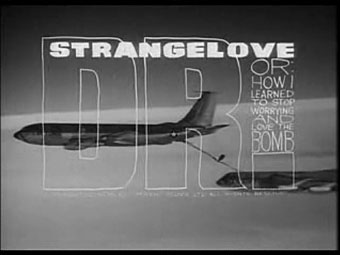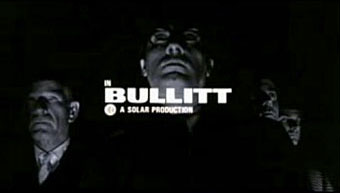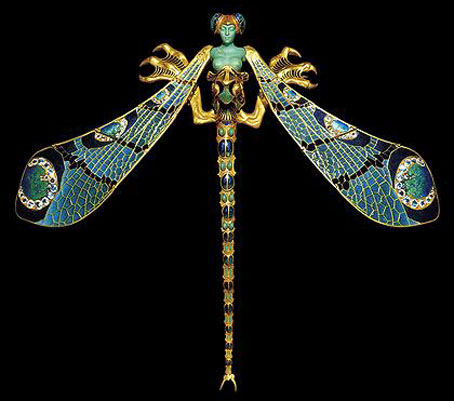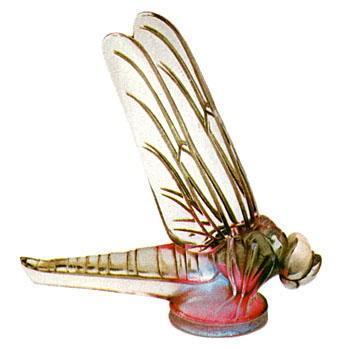
Kirking shawl design (1850).
December is a month when I normally shun the secondhand shops so as to avoid being taken for a cheapskate trying to save money while Christmas shopping. Sometimes it pays to break your own rules, however, as with this discovery, Paisley Patterns: A Design Source Book (Studio Editions, 1989) by Valerie Reilly. This falls into the class of those books you didn’t know you’d wanted for years until you hold it in your hands, being a marvellous history of the evolution of the Paisley pattern from its origin in Kashmiri shawls to its development among the shawl weavers in the Scottish town of Paisley (and elsewhere) during the 19th century. With 100 colour plates it’s impossible to give a fair representation of the book’s contents but many of the examples are astonishingly abstract and worlds away from what we normally consider Victorian design.
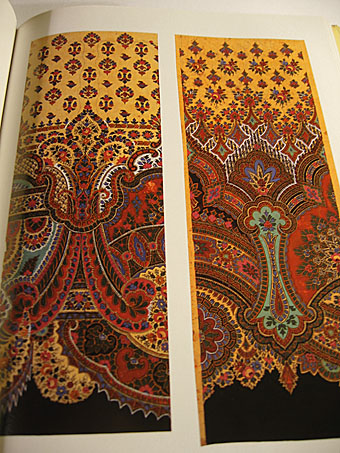
Silk shawl design (1860).
The pre-psychedelic splendour of Paisley (and its “Oriental” character) was what led to its popularity during the 1960s. There was plenty of Paisley clothing around in the 1970s as a result, I had a particularly garish turquoise tie when I was about 11-years old and I think it was this which first set me wondering what the design was and who invented it. As Valerie Reilly notes, the boteh teardrop shape is a motif that’s as old as civilisation and its original use in patterns can’t be pinned to a single location. One of the nice things about this book is the quantity of shawl designs taken from the Paisley Museum that have sufficient detail for you to see how the pattern makers went about creating a design. The book is out of print but a swift search on Amazon reveals a couple of similar titles. The article below is a good overview of the evolution of the shawls and their designs.
• Kashmir and Shawls of Paisley Design at Victoriana.com
Previously on { feuilleton }
• Flowers of Love


